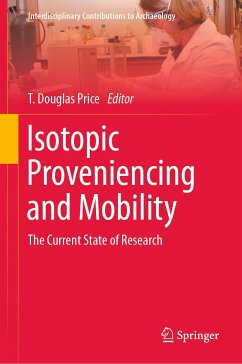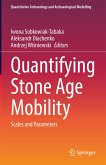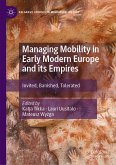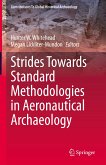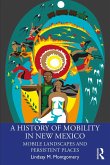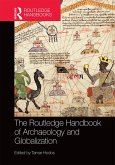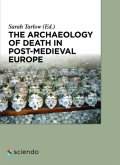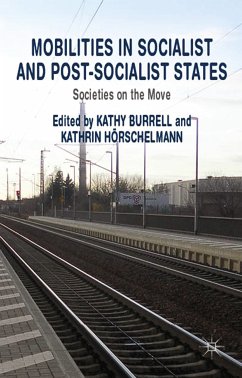Isotopic proveniencing has become almost standard procedure in the analysis of archaeological burials as a means of distinguishing locals from foreigners. The combination of isotopic proveniencing and DNA has moved archaeological interest in migration and mobility to the fore, but there is very little synthetic work published for either technology.The field has evolved and new procedures and guidelines have emerged that have not been widely heard and this volume seeks to rectify this. The contributors have been selected from among the leaders in the field, those withactive research and hands-on experience with the technology. This volume is of relevance to archaeologists.
Dieser Download kann aus rechtlichen Gründen nur mit Rechnungsadresse in A, B, BG, CY, CZ, D, DK, EW, E, FIN, F, GR, HR, H, IRL, I, LT, L, LR, M, NL, PL, P, R, S, SLO, SK ausgeliefert werden.

